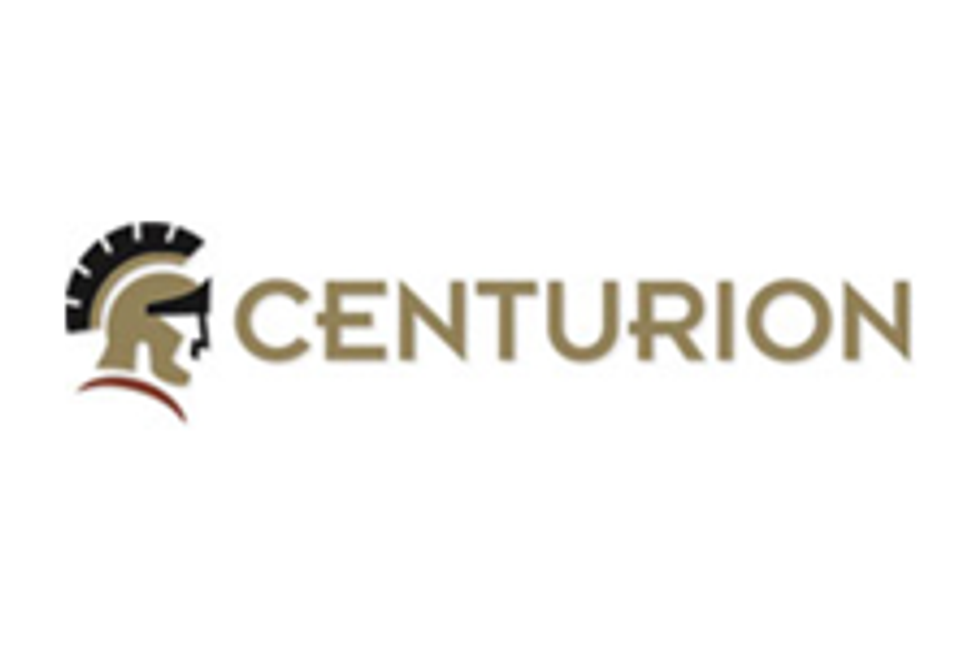"Don't Make Investment Decisions Based on Inflation" — Experts Share Advice in New Orleans
Investors and experts alike descended on the Big Easy last week for a four day conference focused on the future of the economy and preparing for another unprecedented event.

"Don't Make Investment Decisions Based on Inflation" — Experts Share Advice in New Orleansyoutu.be
The second week of October marked the 48th edition of the New Orleans Investment Conference. The event, which now spans almost five decades, is one of the final resource conferences of the year and provides insight on the future.
From October 12 to 15, investors, market watchers, analysts and letter writers descended on the Big Easy for the four day conference, which focused largely on what's next for the broader economy and how to prepare for another potential “black swan” event. Here's a breakdown of several of the key themes that emerged during talks and panels.
Gold, silver, uranium and more present opportunity
On the first day of the conference, presenters drilled down into the resource sector.
Brent Cook of Exploration Insights was one of the first speakers, and he offered attendees tips for understanding drill results. During his mid-day presentation, “Accurate Observations and Inaccurate Conclusions — Interpreting Exploration News Releases in the Misinformation Age,” Cook cautioned investors to consider all of the costs associated with resource extraction.
The senior advisor and founder at Exploration Insights referenced both enterprise value and gross metal value as important criteria in evaluating a company’s potential, and said each must be weighed accurately and in correlation to all the other data.
Cook explained that gross metal value represents the value of everything in the ground, but can be misleading if no other information is presented. Displaying a chart showing a deposit with 18 million ounces of gold and 526 million ounces of silver, he pointed out, “If you just multiply that by the price of silver or gold, you are going to have US$33 billion in value sitting in this little deposit.” But, he added, "How much does it cost to get it out? That’s the key thing.”
Jeff Clark of TheGoldAdvisor.com followed Cook with a performative presentation featuring three hats representing gold, silver and the US Federal Reserve. Despite his lighthearted tone, Clark was adamant that investors should position in precious metals to gain safety from the Fed’s monetary policies, which he thinks will ultimately "break something."
“(The Fed is) going to crash the stock market, it's going to crash the housing market, it's going to crash the bond or the credit market; or it's to cause a recession, or it's going to be forced to do quantitative easing again, for any number of reasons — maybe higher interest payments, lower tax receipts, whatever the case may be,” Clark said while wearing the gold hat.
Clark also warned of the continued debasement and devaluation of currency, noting that gold is a safe haven against these declines. “Fiat equals faulty, and that means your system is going to have to be redesigned — either by you voluntarily or by market force,” he said, noting that he believes it's the latter situation that will ultimately come to pass.
The precious metals commentator ended his presentation with advice on which stocks investors should be buying right now. “You probably should buy some gold stocks, because if gold rises, gold-mining stocks are going to rise; if silver rises, silver-mining stocks are going to rise. That's the number one indicator of if they're going to rise or not.”
Lobo Tiggre, founder of IndependentSpeculator.com, also underlined the value of silver in his presentation.
“Silver has so much going for it,” he said. “It is now much more important as an industrial metal, particularly as part of the green agenda.” He is bullish on silver, especially given its by-product nature, which makes it more susceptible to supply shortfalls.
Tiggre, who has also been a long-term uranium bull, told investors that while uranium stocks have performed well this year, he still took profits and was criticized for doing so because some said he “lacked conviction.”
Despite the positive fundamentals for the energy commodity, Tiggre saw the geopolitical tension in Ukraine as a sign for profit taking. “So don’t forget to take profits,” he said. “No one goes broke from taking profits.”
US Federal Reserve boxed in by narrow flight plan
The second day of the conference brought a deep dive into the current state of the global economy.
Tavi Costa, portfolio manager at Crescat Capital, used his presentation, titled “A Vicious Stagflationary Environment,” to underscore the dangers of the current economic landscape.
“One of the premises of my views in the macro environment today starts with what I call the trifecta of macro analysis. We have a debt problem (reminiscent) of the 1940s,” he told an early morning audience.
“The second issue we have is a valuation problem (with) levels that we saw back with the tech bubble and other environments. The third one is the CPI, which is similar to what we saw back in the '70s.”
Alone, each of these markers are considered bad for the economy; combined, they are especially dangerous.
“We've seen them before independently, but never, ever all of them unfolding at the same time," Costa said.
In his view, the amalgam of these scenarios has triggered an “inflationary recession.” But that may not even be the worst of it, as the portfolio manager warned of a currency crisis that could be triggered by China.
“(China's) definition for a currency crisis is a speculative attack of a foreign exchange-valued currency, resulting in a sharp depreciation, forcing authorities to sell foreign exchange reserves and raise domestic interest rates within the currency," Costa said. "And I think this is a risk that we can see: a true black swan event that very few people are positioned for.”
At a panel discussion centered on the economy, Mark Skousen, economist and editor of Forecasts and Strategies, laid the current problems squarely at the feet of the Fed, citing years of quantitative easing and cheap money as the cornerstone of the problem.
“You have to remember that Jay Powell and the Fed were responsible for the inflation in the first place," Skousen said. “They're not going to take responsibility for increasing the money supply 40 percent over a two year period … they overreacted, they encouraged inflation, they adopted a loose money policy that lasted way too long.”
In an attempt to tame inflation, Skousen noted that the Fed has done a 180 degree turn. “They go from one extreme to the other, they go from loosening money to tight money to fighting recession to fighting inflation.”
He anticipates that the Fed will raise rates until a debt crisis in emerging markets appears, at which point it will have to pivot.
“I'm predicting by the next (New Orleans) conference, we're going to have a financial crisis. We're going to have an emerging market debt or real estate crash, or what have you, that will cause the Fed to pause — if not cut — interest rates,” he said. “And if I'm proven wrong, I will eat my hat.”
Looking to the past to understand bubble behavior
The penultimate day of the conference largely focused on navigating current market conditions and positioning for the future.
During the "Booms, Busts and Bubbles" discussion, panelists used historical events to forecast where the economy may go. James Stack, president of InvesTech Research, explained that in the past, interest rate hikes have preceded crashes and bubble bursts.
“You have to remember the bubbles are psychology driven, and they’re often monetarily fueled (and) supported — much like valuations today are supported by ridiculously low interest rates. But traditionally that pinhole comes from the Fed," he said.
Peter Boockvar, another panelist and the chief investment officer at Bleakley Financial Group, sees the current path leading to a broad-based rerating of asset prices because markets and the economy are more correlated than ever.
“The problem is the economy is so intertwined with the markets that all you need is a valuation rethink, and the market is low and the market that's lower then impacts consumer spending,” he said.
Later in the discussion, Stack told attendees that the Fed may pivot by ceasing its interest-rate-raising regime if the housing market continues to weaken. He offered market advice based on historic indicators from 1982.
“First of all, don't make investment decisions based on your outlook for inflation,” he said. “Some of the best investment periods have come when inflation is at its highest.”
Keep an eye out for the rest of INN’s coverage from the 2022 New Orleans Investment Conference, including exclusive video interviews and full panel overviews.
Don't forget to follow us @INN_Resource for real-time updates!
Securities Disclosure: I, Georgia Williams, hold no direct investment interest in any company mentioned in this article.
Editorial Disclosure: The Investing News Network does not guarantee the accuracy or thoroughness of the information reported in the interviews it conducts. The opinions expressed in these interviews do not reflect the opinions of the Investing News Network and do not constitute investment advice. All readers are encouraged to perform their own due diligence.
- Silver Outlook 2022: Supply/Demand Trends Could Catalyze Price ›
- Gold Outlook 2022: Consolidation a Launching Pad for Price Rise ›
- How to Use Gold Investments as a Hedge (Updated 2022) ›
- An Overview of Gold Investing and Prices (Updated 2022) ›
- Black or Gray Swan: What’s the Next Crisis? ›





